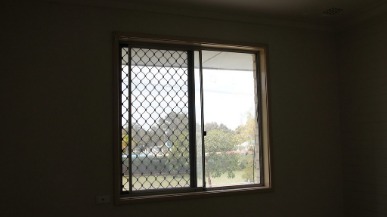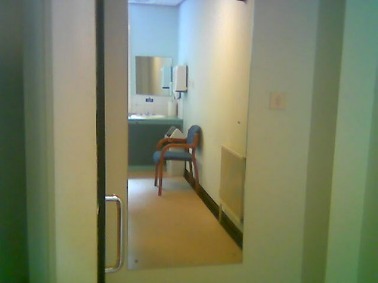PAMPs include LPS, peptidoglycan, lipoteichoic acids, sure bacterial DNA sequences containing CpG motifs, and sure polysaccharides. PAMPs on the pathogens are recognised by pattern recognition receptors on host cells. However, bacteria have developed surface molecules involved in adherence to host tissues (see “Adherence” section). These adherence molecules facilitate uptake into the host that in some instances minimises host reactivity to the bacterium. Pathogenic bacteria and fungi have evolved numerous mechanisms to amass iron from totally different sources in the mammalian host.
Capsule considerably decreases the flexibility of antimicrobial agents to achieve entry into the cell the place the drug targets are situated . Bacteria with capsule show excessive resistance to antibiotics . Bloodstream infections , which embody bacteremias when the infections are bacterial and fungemias when the infections are fungal, are infections present within the blood.
The Mechanisms Of Bacterial Survival In The Tissues And The Effectiveness Of Antibacterials
As discussed earlier, endotoxin can stimulate a deadly inflammatory response at very excessive concentrations and has a measured LD50 of zero.24 mg/kg. By distinction, very small concentrations of exotoxins could be lethal. For example, botulinum toxin, which causes botulism, has an LD50 of zero. Listeria monocytogenes, the facultative intracellular pathogen that causes listeriosis, is a standard contaminant in ready-to-eat meals such as lunch meats and dairy products. Once ingested, these micro organism invade intestinal epithelial cells and translocate to the liver, the place they grow inside hepatic cells.
This system is conserved in lots of species, and it was first discovered in the non-pathogenic E. FeoB is the primary transmembrane transporter that acts as a permease, whereas FeoC has been proposed to manage FeoB. The role of FeoA is not well-understood, however it interacts with the extremely conserved core area of FeoB (Lau et al., 2013). This system is under management of fnr and fur regulatory elements, where Fnr is an anaerobically-induced transcriptional activator and Fur inhibits transcription of feo genes in iron-replete circumstances (Spiro and Guest, 1990; Kammler et al., 1993). The Feo system also contributes to intracellular replication for facultative intracellular pathogens like Legionella pneumophila , Shigella flexneri (Runyen-Janecky et al., 2003) and Francisella tularensis (Thomas-Charles et al., 2013).









More Stories
I Don’t Know The Way To Love Him
The Social Gradient In Stress And Depressive Symptoms Among Adolescent Ladies
Boston Celtics Vs Cleveland Cavaliers Odds & Matchup Stats